Welcome to the Sausalito-Sakaide program.
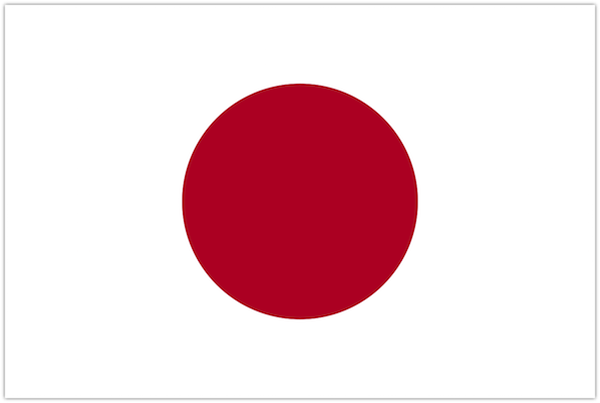 The Sausalito-Sakaide Sister City program is a student exchange program between the Cities of Sausalito, California and Sakaide, Japan. Its purpose is to promote and expand cross-cultural relationships as outlined in its Mission Statement.
The Sausalito-Sakaide Sister City program is a student exchange program between the Cities of Sausalito, California and Sakaide, Japan. Its purpose is to promote and expand cross-cultural relationships as outlined in its Mission Statement.
MISSION STATEMENT: To promote world peace and cultural understanding by building long-lasting relationships and implementing rewarding programs with our connected communities.
Program Benefits:
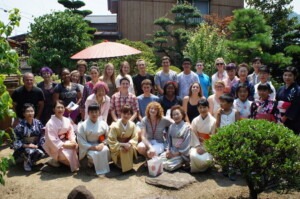
Apart from being a lot of fun, it’s an exciting and fascinating cultural and learning experience. Our Sister City student delegates participate in a program of activities organized by the hosting city and stay with local community families wherein Sakaide students learn about life in America and Marin County students learn about life in Japan. Each year, long-term and loving relationships are established between the students and families. These relationships have strengthened the ties between our two cities.
- It’s an opportunity to participate in a typical Japanese household which is quite different from ours and experience family life in the Japanese culture
- It’s a chance to make friendships that can last a lifetime
- It’s a chance to experience a vast range of diversity in new relationships
- It’s a chance to understand a completely different perspective of life, lifestyle, and values
- It’s an opportunity to share the common goal of promoting peace through mutual respect, understanding, and cooperation
Program and City Histories:
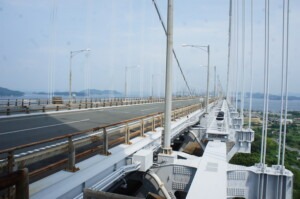 In the 1970’s a group of engineers from Japan visited Sausalito to study the Golden Gate Bridge and in 1978–88 an amazing bridge was built in Japan between the City of Sakaide on Shikoku Island and the City of Kurashiki on Honshu Island, linking several islands to mainland Japan. Officials from Sakaide came to Sausalito in 1988 and placed a plaque at the southern end of the Golden Gate Bridge, acknowledging the similarities between their feat and our beautiful bridge. In a proclamation recognizing the bonds of friendship between the City of Sausalito and the City of Sakaide, the two cities agreed to establish a formal sister city relationship.
In the 1970’s a group of engineers from Japan visited Sausalito to study the Golden Gate Bridge and in 1978–88 an amazing bridge was built in Japan between the City of Sakaide on Shikoku Island and the City of Kurashiki on Honshu Island, linking several islands to mainland Japan. Officials from Sakaide came to Sausalito in 1988 and placed a plaque at the southern end of the Golden Gate Bridge, acknowledging the similarities between their feat and our beautiful bridge. In a proclamation recognizing the bonds of friendship between the City of Sausalito and the City of Sakaide, the two cities agreed to establish a formal sister city relationship.
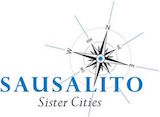
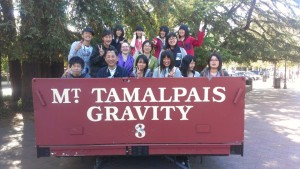
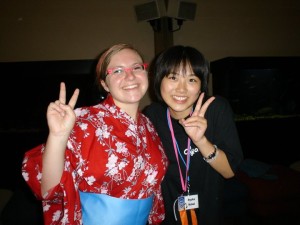
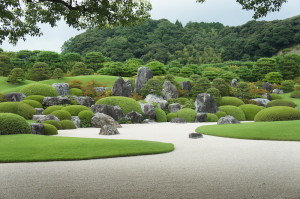
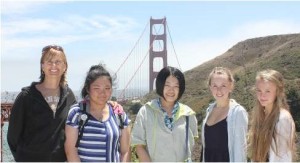 Sausalito is one of the top 20 destinations for tourists in America today. It is the first city on the northern end of the Golden Gate Bridge in Marin County and has a population of 7,099. Built facing the Bay, its terrain consists of steep, wooded hillsides and shoreline tidal flats.
Sausalito is one of the top 20 destinations for tourists in America today. It is the first city on the northern end of the Golden Gate Bridge in Marin County and has a population of 7,099. Built facing the Bay, its terrain consists of steep, wooded hillsides and shoreline tidal flats.